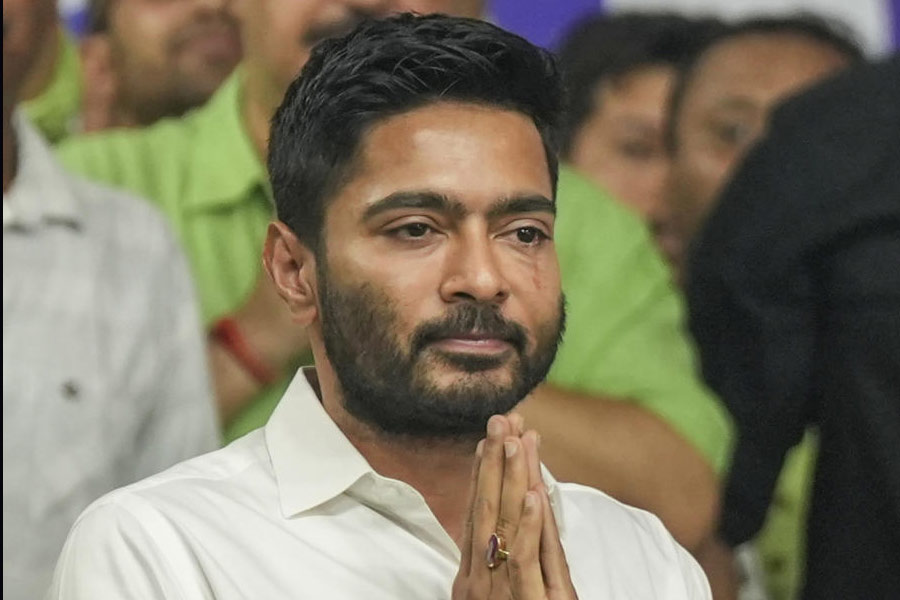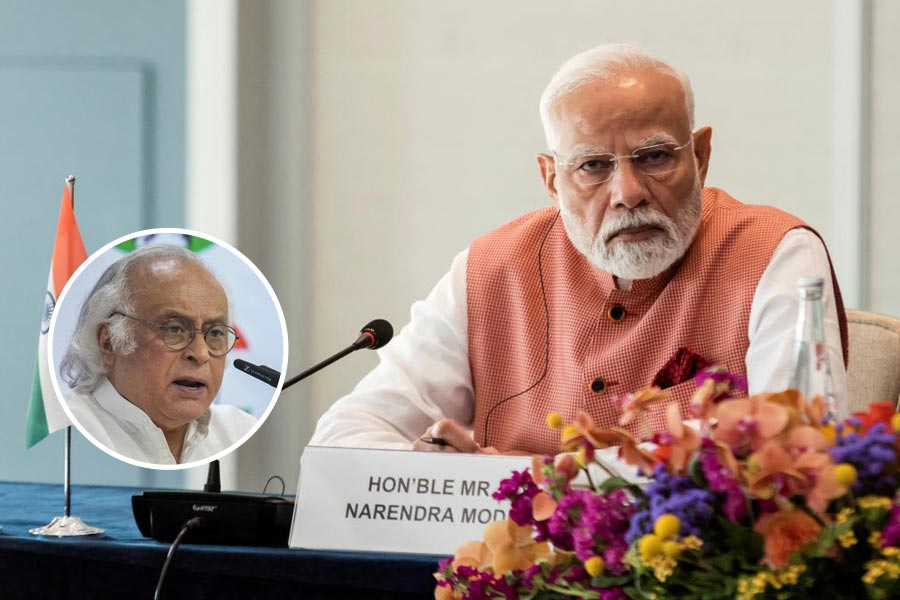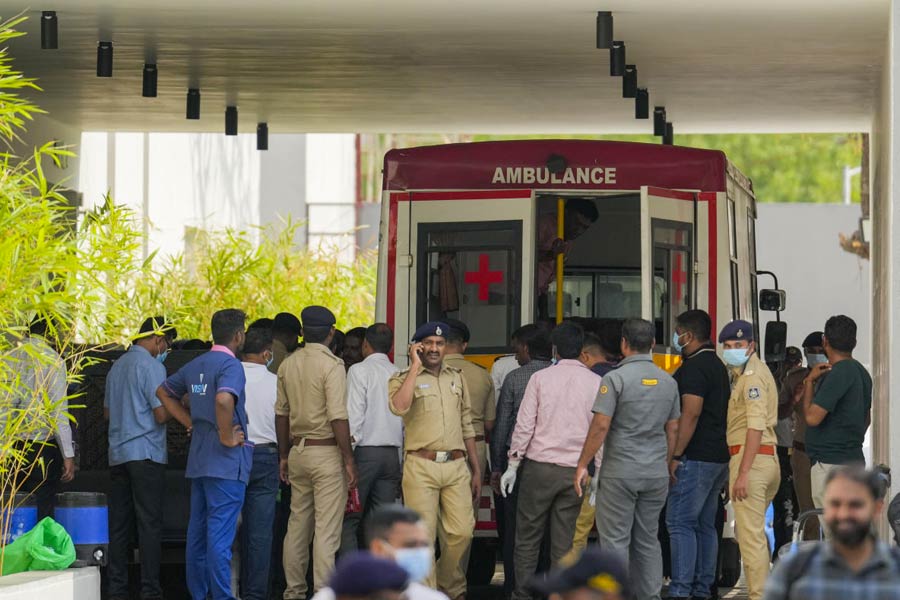 |
| Girls of Hill Top School during a Braille lesson |
How would we help the blind? Maybe, the most generous among us will guide them across a busy street or leave a seat in the bus for them. But, how many of us will even consider learning the Braille to influence their lives better?
A bunch of 200-odd students from Hill Top School, Jamshedpur, have set an example for the society by not just mastering the tactile writing system invented by Frenchman Louis Braille two centuries ago, but also doing rigorous research to introduce projecting maps, which are still difficult to come by.
For the past three years, 95 students of the school — who are now in their twelfth grade — have helped children from the National Association for the Blind (NAB), Baradwari, with embossed knowledge of the world’s geography. They are now schooling their 115 juniors from Class VIII in Braille maps so that even when they pass out, their good work for the blind is continued.
Braille notes are small rectangular blocks called cells that contain tiny palpable bumps called raised dots. The number and arrangement of these dots distinguish one character from another.
“Our students learnt this special writing system with great enthusiasm because one has to think and act like the visually impaired to help them in the real sense. They have been preparing the maps with a variety of pulses, wool strands, etc. that can be touched and felt. On the side of the map, the legend identifies mountains, plateaus, rivers, deserts and other geographical entities,” said school principal Puneeta B. Chouhan.
The unique initiative is a part of the school’s mandatory value education project. The Braille map idea recently received an award at the Tata Steel Education Excellence Programme. Besides drawing and ingeniously embossing maps, the schoolchildren are also working on storybooks for their 35-odd NAB peers.
“Braille was a new and fascinating concept for us. With time, the project became more than just a project. We touched words and they touched us! Above all, we felt happy on the inside. We felt we had matured as human beings,” said Shefali Roy, a Class XII student.
Amar Sharma, joint secretary of NAB, lauded the Hill Top effort. “So far, our children had only heard of states and known about the country’s demography. Now, the intelligent use of thread, grains of sand, pulses and grass are helping them feel geographical boundaries. Though we already have storybooks in Braille, the more the merrier it will be,” Sharma said.
Have you ever been a part of any project that has touched lives?
Tell ttkhand@abpmail.com










